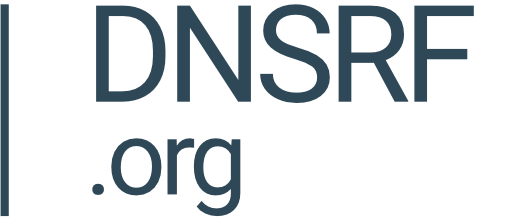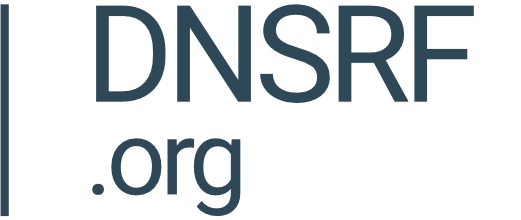Now, heave! Why the open Internet needs to all pull in the same direction

Tug of War is one of the world’s oldest games.
Ancient scripts reveal it was played in Egypt in the time of the Pharaohs, in China during the Tang dynasty, and in Greece when the Olympics first started.
There’s a stone relief in the famous Sun Temple of Konark on the east coast of India that clearly depicts two groups of people pulling with all their might in opposite directions, each determined to defeat the other.
The modern world has made Tug of War a sport, with two teams of eight of roughly equal weight, but back when the game was used to settle rivalries or demonstrate strength there were no such niceties: no rules or limits on numbers or heft.
And that’s where we are – again – when it comes to the crucial question of the Internet, how it is run, who decides its future and in what direction the global network will be pulled.
Meetings
At the end of this month, there will be a meeting in Brazil called “NETmundial+10”; in May a meeting in Geneva called “WSIS+20”; and in September, at the UN in New York, the “Summit of the Future[+0].”
The names are a not-so-subtle reminder that the world fundamentally does not agree on how the Internet should be run, has separated itself into two camps, and has agreed to meet up every 10 years to see who is the strongest. In 2025, the sides are evenly matched.
The organisations that govern the Internet remain in place. At their core is the belief that the Internet should remain as open as possible and should avoid state control as far as possible. But the compromises that those models bring with them look considerably less appealing than they did a decade ago.
Mis- and disinformation, online abuse, scams, security threats, conspiracy theories, political instability, societal distrust: all these issues have exploded in recent years in part because of the Internet’s growing influence and a lack of universal agreement on how to deal with them.
Lawmakers across the globe have responded and new laws are slowly making its way into the Internet’s crevices but the appeal of an alternative model – where the state decides, and enforces – has been growing, not just online but also within broader society.
The Global Digital Compact
That shifting ground was reflected a few years ago in a series of UN meetings that drifted closer to giving governments more say in how the Internet develops. The rope was pulled closer in the direction of state control.
A 2019 report called “The age of interdependence” led to a 2020 “Roadmap for digital cooperation” which led to member states agreeing to a process to “improve digital cooperation.” Next came a policy brief for a “Global Digital Compact” – turned into the three-letter-acronym GDC - that promised an “open, free and secure digital future for all.”
These series of focused actions led UN Secretary-General António Guterres to identify what he termed “strategic gaps in global governance arrangements” when it comes to the Internet.
With a Summit of the Future agreed and set for September 2024, Guterres added two more on the state side of the Tug of War: a UN-run “Digital Cooperation Forum” and a new “Tech Envoy”.
That was when the other side – Team Open Internet – saw how much ground had been lost; the red flag in the centre of the rope having inched its way away from them. The pullback began.
The red flag comes back
And that effort has also been successful. The forum idea – which looked increasingly like a rival or oversight body for the long-established Internet Governance Forum (IGF) – appears to have lost its footing and the Tech Envoy was not as strong as some hoped.
Comments sent to the UN over its GDC consultation revealed extensive support for the status quo. This is best identified in the phrase “multi-stakeholder” which ensures that other groups such as civil society, academia and the technical community have an equal say in decisions, as opposed to the preferred term of more state-focused actors: “multilateral”.
When the “zero draft” [PDF] of the document, that will form the foundation for formal negotiations, was published earlier this month it was notable that while there were four mentions of “multilateral”, there were 10 instances of “multistakeholder”.
That may be a cause for celebration among advocates of an open Internet, not to mention the introduction of language about supporting the IGF and ensuring that the Internet stays “unfragmented”, but there is still plenty in the document that leans more toward a state-focussed Internet, including the fact that the term “multilateral” appears most frequently around issues of implementation: where the rubber meets the road.
The Internet community would do well to reflect on how most Tugs of War are won. It is often the side with the largest, heaviest players, who move slowly and methodically that end up the victors.
But there is one tactic that consistently beats that approach, even if the players are smaller or weaker: coordinated action where everyone communicates with one another, pulls in the same direction and times their efforts to happen at the same time. Heave!
The NetMundial+10 meeting will take place over two days at the end of this month and has three groups of issues: principles for digital governance; guidelines for multistakeholder mechanisms; and contributions to ongoing processes. Heave!
The WSIS+20 event runs from 27 to 31 May with no less than 18 sessions on different aspects of Digital Governance. Heave!
The Summit for the Future will also take place over two days – 22-23 September. The GDC zero draft has five main objectives, 10 principles and 12 “clusters” of topics. Heave!
All that will lead to a 20-year review of the World Summit on the Information Society (WSIS) where back in 2005 the current structure of how the Internet is governed was supported and to some degree reinforced.
At the same time, the UN will decide whether to extend, adjust or scrap the Internet Governance Forum (IGF) which served as a compromise solution the last time the model of an open Internet developed by all was directly challenged.
As DNSRF uncovered in our extensive review of the IGF, the forum has done its job, and with some adjustments can continue to do so into the future. But the thing about a Tug of War is that it is unpredictable; one slip, one wrong foot, an unanticipated jerk and the whole line can collapse. The only effective answer is teamwork.



